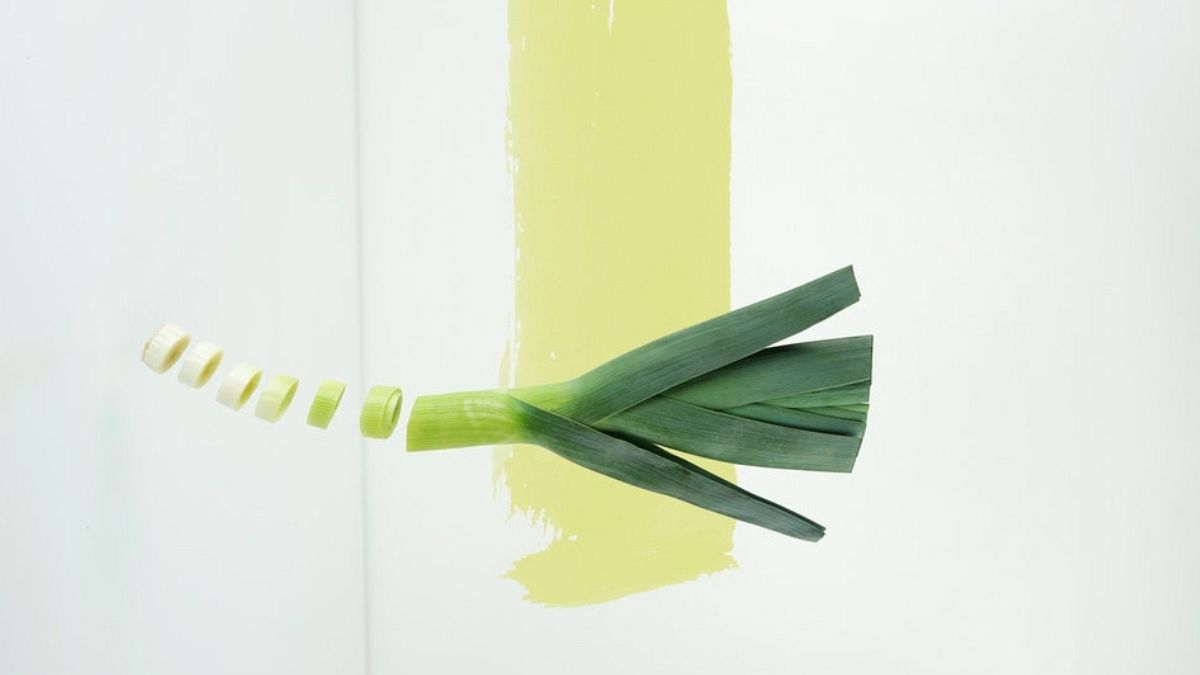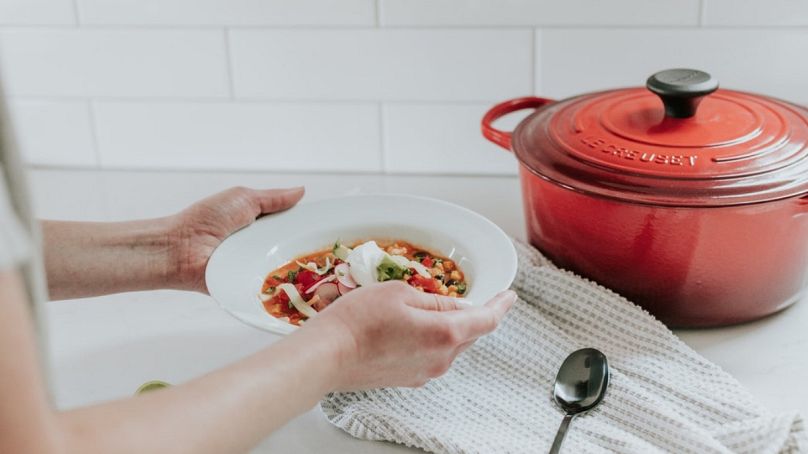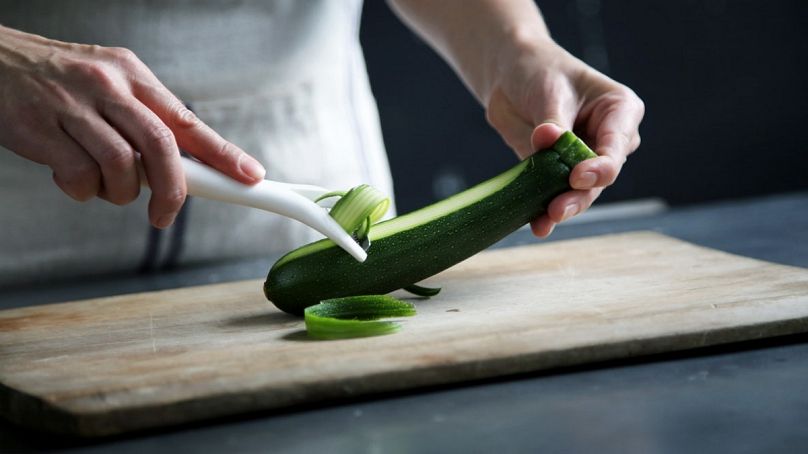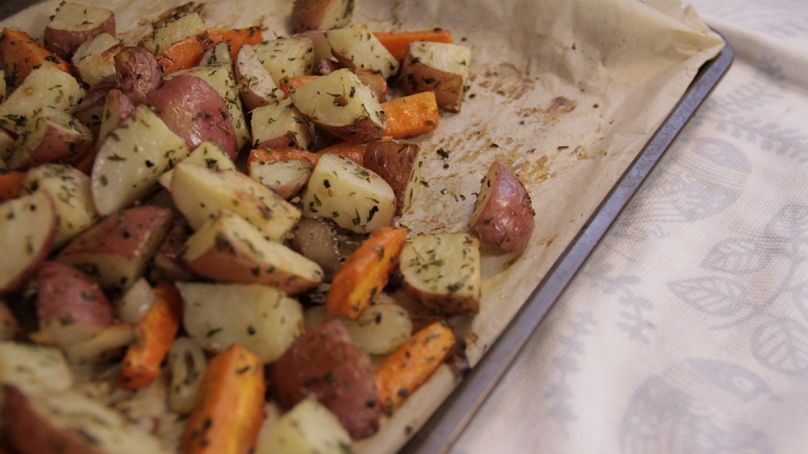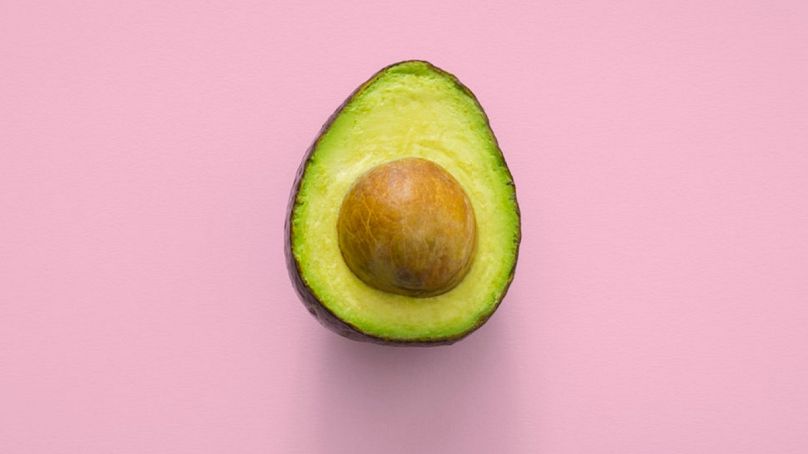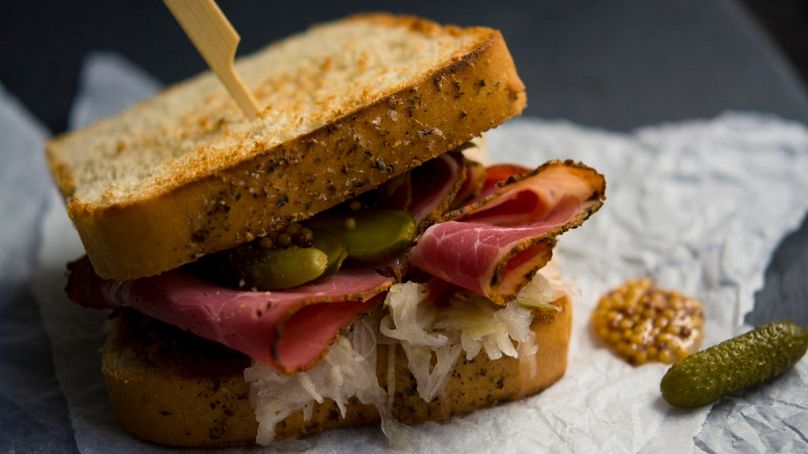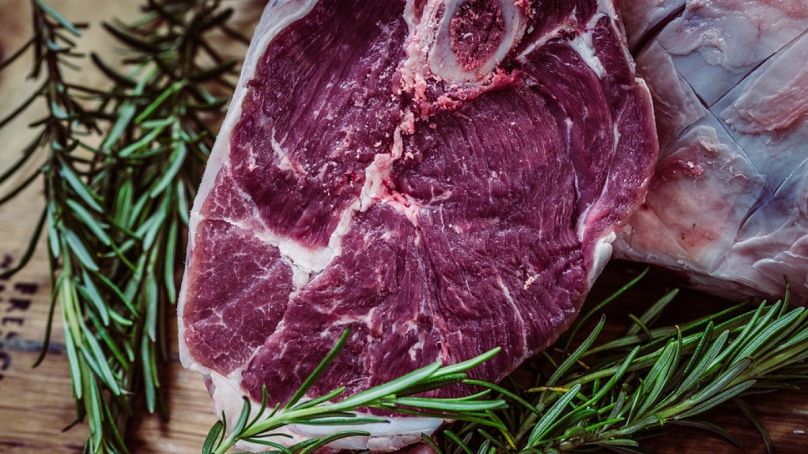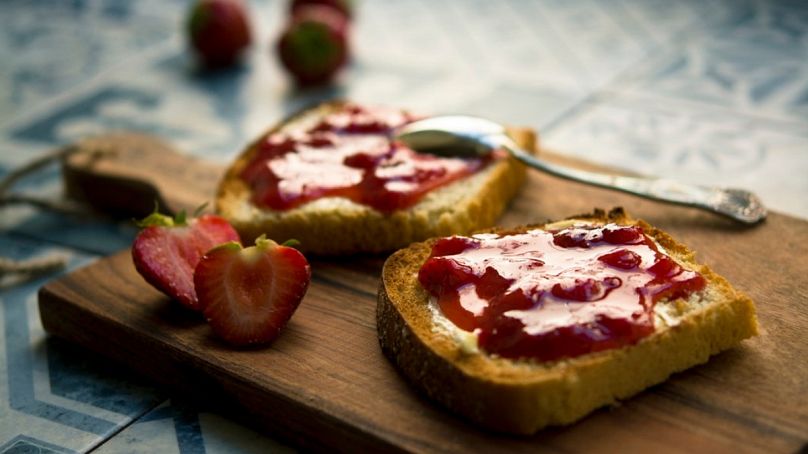Top tips from the experts and a host of delicious recipe ideas to help you use up your leftovers.
Food waste is a serious problem across the world and it’s estimated that nearly one third of all food produced is thrown away or discarded. When you think about the impact this has on landfill sites, the amount of water used (and wasted) across the planet and even the money you spend on surplus items, it’s clear that something needs to change.
Rosalind Rathouse, the founder of the Cookery School at Little Portland Street in London , is passionate about helping people reduce their food waste and runs a number of classes designed to encourage people to cook and eat more sustainably.
“One of the largest problems that the world sadly has to deal with is food waste,” she says. “If every one of us tried to not waste food it would have a huge impact on the problem. Restaurants and catering establishments are tackling this head on and if those of us cooking and eating at home could do the same, we would save millions of tonnes of food per year.”
So, how can you reduce your food waste at home?
We’ve got top tips from the experts and a host of delicious ideas to help you use up your leftovers and scraps…
Make soups
Soups are one of the easiest ways to use up food, and they can be really tasty too.
“At the Cookery School at Little Portland Street, we run a class on food waste where we do a soup with all the leftover vegetables in the fridge. We call it ‘bottom of the fridge’ soup and it is really delicious,” Rosalind says.
“We find that the secret with using up leftovers is to make them as flavoursome as possible,” she adds. “In all our leftover savoury dishes we start by frying either leeks and possibly garlic until they are a light brown. In the case of garlic, sizzle it for only a short while and do not allow it to brown as it can become bitter if overly cooked. Using these fried alliums as a base adds huge flavour immediately.”
Rosalind also suggests adding leftover pasta or rice to soups to bulk them out, or shredded meat to add extra protein.
Don’t throw away your peelings
Do you put your veggie peelings straight in the bin or compost heap? If so, you could be missing a trick. Aidan Mannion, head chef at Mill & Brew in London, says it’s a great idea to use your peelings in gravies and stock. “A lot of people know to use leftover vegetables for stocks, however I like to take it a step further and use the peels from the likes of celeriac, parsnip and swede to obtain a really textured vegetable stock that is rich in flavor,” he explains. You could also make crisps with root veg peelings (simply add a bit of oil and salt and bake them in the oven until crispy) or experiment with cucumber and apple peelings in smoothies.
Pimp up your potatoes
We’re all guilty of cooking too many potatoes for dinner party guests, but don’t throw any leftovers out at the end of your meal. There are plenty of inventive ways to use these in your cooking.
“If you are roasting jacket potatoes and you cook too many simply scoop out the flesh and convert this to a veggie burger pattie or even a fishcake – just add some salmon or smoked haddock,” Aidan says. “Any roast potatoes left over from a Sunday dinner can also be used in the morning to make a classic Spanish frittata.”
Experiment with a dehydrator
Looking for a new way to take your cooking to the next level? Try dehydrating any items that you would usually throw away. Purpose-built dehydrators are becoming more and more popular among foodies, but you don’t need to buy a new piece of equipment for it – you can simply use your oven. Make fruit crisps from apples that are nearly past their best, or experiment with fruit leathers and vegetable crisps.
Or if you’re feeling a bit adventurous, Benn Hodges, head chef at EatFirst, suggests dehydrating mushrooms and using them to season Asian foods. “You can also use prawn shells to make a wonderful powder to flavour salts and seasonings,” he adds.
Aidan has a useful tip for avocado lovers too. “As we all know, avocados are not cheap but they are immensely popular at the moment due to the fact that they are just so good for you,” he says. “An unusual tidbit of advice regarding nutrition is to use the pip of them.
Dehydrate it in the oven at 50 degrees for two hours or at 160 degrees for 45 minutes, until it becomes dry enough to cut through. Take it out the oven and chop or grate to a fine dust. You can add a tablespoon of this to your granola, yogurt or smoothies. It's a fantastic and simple way to abstract all of the nutrients from the avocado without waste and the vitamin hit gives you a real energy boost!”
Ferment your favourites
Although fermentation has been used as a process for centuries, it’s made a fashionable comeback in recent years. Now, you’ll find fermented foods everywhere - in trendy cafes, at farmers’ markets and even in the supermarkets. Not only are these delicious and extremely good for you, but they’re also really easy to make at home and are a great way to use up food you may be tempted to throw away.
Traditional fermented foods include sauerkraut and kimchi (which are usually made using thinly sliced cabbage and a dry salting method), kombucha and kefir, but you can ferment all sorts of produce.
Benn suggests pickling kale stalks and broccoli stems, for example, and you can also use carrots, cucumber and more. Also try preserving lemons or making beet kvass.
Make the most of your meats
Everyone loves a roast dinner, but what do you do with all the meat left over? Nutritional therapist Terry Fairclough, the founder of Your Body Programme, has plenty of ideas.
“Roast chicken is so versatile and can be used within the following three days. Make a wrap by shredding the meat with a fork, mixing it with avocado and adding a little lemon juice. Or try making a salad. Add the meat to some cooked, cold quinoa, some chickpeas, roasted peppers, coriander, a little olive oil and seasoning.
“A Thai curry is another great way of using up chicken,” he adds. “Make a paste of garlic, ginger, chillies, ground cumin, ground turmeric, ground garam masala and paprika and add to some sauted onions. Add a good handful of chopped tomatoes and a little tomato purée, warm through, then pour in some coconut milk and the chicken before finishing off with some coriander.”
Roast beef can also be used in chilli con carne, and try using roast pork in stir fries.
Discover new jams
Making a pot or two of jam is a brilliant way to use up leftover fruit, and you can find recipes for all sorts of flavour combinations. Try experimenting with banana jam, carrot cake jam or caramel apple jam. You can also make savoury jams with the likes of pumpkins and onions. Benn recommends using the trim from the top of your tomatoes to create delicious tomato and chilli jam too.
Shake up your beauty routine
You don’t just have to eat your leftovers – you can also use them as part of your beauty regime. Using cucumber slices on your eyes may be a little cliché now, but there are plenty of other creative ideas for fruits and vegetables which can help give your skin a boost.
“One that I like to do makes use of lemon rinds,” Aidan says. “After juicing lemons, we put the rinds in an air tight container and soak them in good quality olive oil - we then store this away from direct sunlight. After one month, add some Epsom salts and you have your very own home-made body scrub!"
Words: Claire Munning
